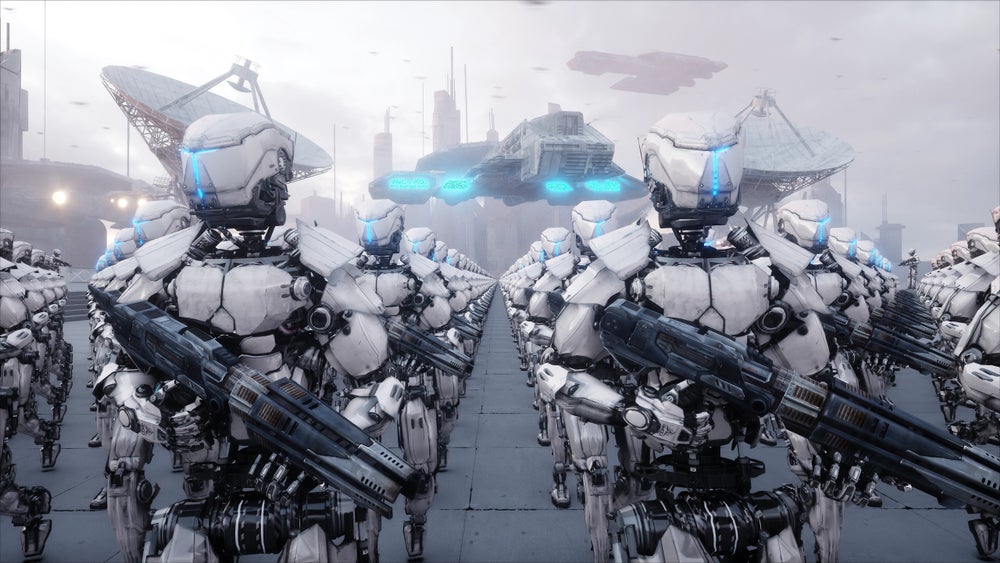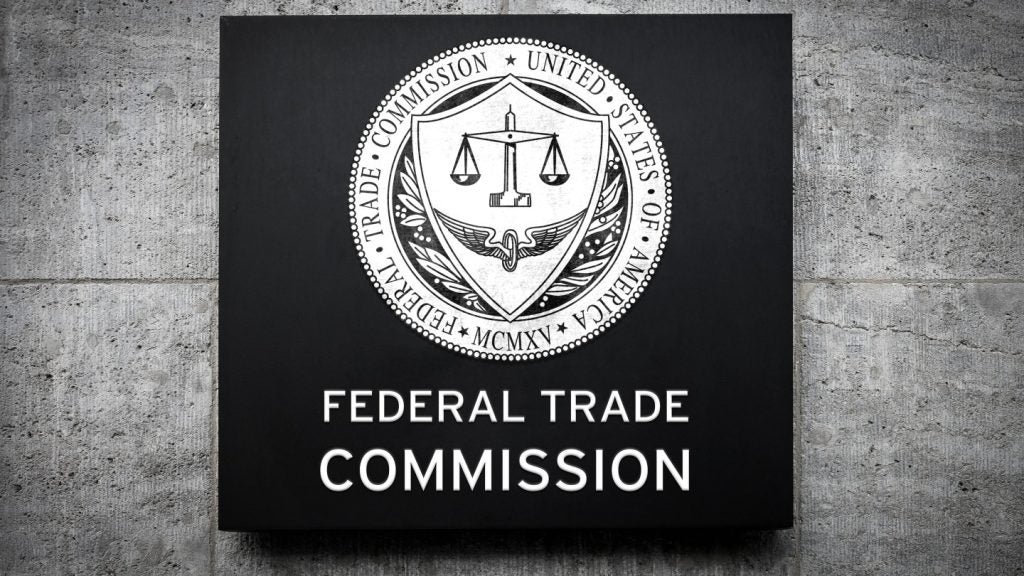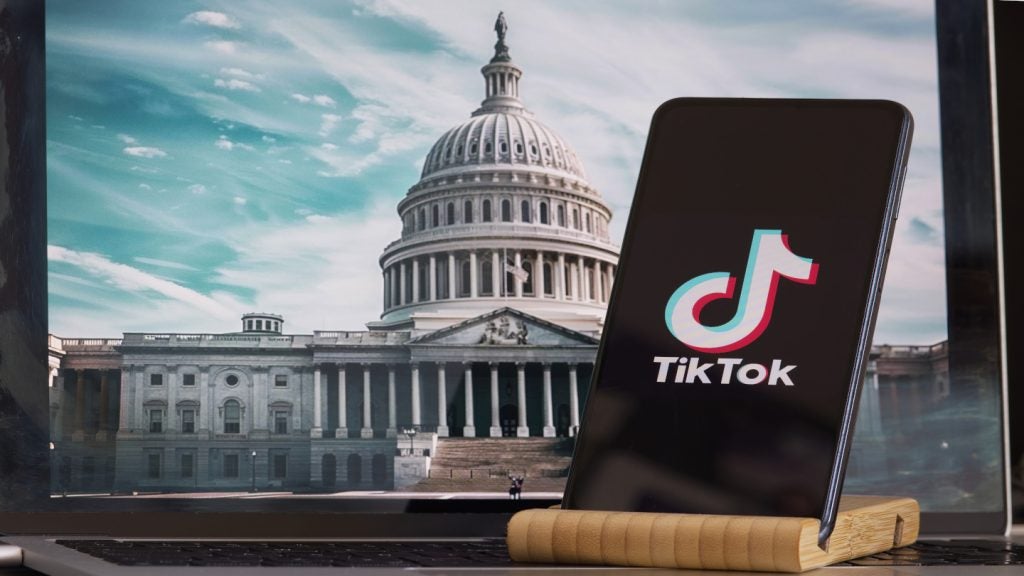Many science fiction films are credited with predicting the future.
Minority Report predicted the targeted advertising we now take for granted, while The Truman Show and The Running Man correctly anticipated the future’s obsession with reality television.
But no film predicted the shape of the future with such satirical cynicism as 1987’s RoboCop. Taking place in the not-too-distant future, RoboCop presents a grimy, crime-ridden vision of Detroit. While some elements aren’t likely to happen anytime soon (such as the titular human-robot hybrid himself), others are already here.
Facial recognition technology
In the 1987 original, Robo finds himself face to face with ruthless henchman Emil, one of the gunmen responsible for his near-death experience and subsequent reincarnation as RoboCop. After snapping an image of his face, he inputs it into the police database. Almost instantly, the picture is matched to a mugshot and a list of known accomplices.
Facial recognition (FR) is not a particularly new technology—Facebook began using it to help tag photos back in 2010—but it has become a key tool for police forces worldwide. This technology has proved beneficial in tracking down suspects, but it remains controversial. An article on Verdict highlighted: “There are concerns that FRT systems may be biased against certain groups, particularly minorities.” And there have been several cases that suggest the technology may perpetuate racial biases.
Greenwashing
In RoboCop 2, there is a scene in which management at Omni Consumer Products (OCP) discusses how to rebrand RoboCop. Many people see him as overly violent, and it is attracting negative publicity for the company. One suggestion, which proves popular, is that RoboCop could “take a little time to address environmental issues.”
How well do you really know your competitors?
Access the most comprehensive Company Profiles on the market, powered by GlobalData. Save hours of research. Gain competitive edge.

Thank you!
Your download email will arrive shortly
Not ready to buy yet? Download a free sample
We are confident about the unique quality of our Company Profiles. However, we want you to make the most beneficial decision for your business, so we offer a free sample that you can download by submitting the below form
By GlobalDataMany companies have been accused of using exaggerated environmentalism to garner positive publicity and win over eco-conscious consumers. Though it is a throwaway line in RoboCop 2, poking fun at performative liberalism, it is a serious charge that can cost a company. A famous example was McDonald’s promoting its environmentally conscious switch to paper straws, which turned out to be non-recyclable.
The Sustainable Agency lists how to spot greenwashing, which includes rebranding to more ‘natural’ packaging or making the packaging green, two marketing decisions that sound straight out of the OCP playbook.
The future of armed robots
One of RoboCop’s main adversaries is the Enforcement Droid Series 209 (or ED-209). Standing over seven feet tall and armed with cannons and rockets, OCP senior president Dick Jones touts this robot as the answer to the rampant crime in Detroit and “the hot military product for the next decade.” But after a disastrously violent boardroom demonstration, funding is diverted to the RoboCop project. Later in the film, ED-209 reappears to battle RoboCop and loses when it tumbles down the stairs.
Though ED-209 is used as comic relief throughout the film, it was only a matter of time before real unmanned military robots appeared on the battlefield. GlobalData’s Unmanned Ground Vehicles (UGV) report highlights the Boston Dynamics ‘Spot’ quadrupedal-UGV platform and the Vision 60 Q-UGV. Though these kinds of robots are usually unarmed, instead being used for patrols and reconnaissance, there are real concerns about armed versions on the battlefield.
In 2022, several robot production companies (including Boston Dynamics) pledged to stand against the weaponisation of their creations. In a letter, the companies claimed that weaponising these robots “raises new risks of harm and serious ethical issues.” However, other companies disagree. There is already a version of the Vision 60 armed with a turret and an AR-15/M16 rifle. ED-209 it is not, but only time will tell how dangerous this technology proves to be in the future. At the very least, stairs will not be as much of an obstacle.







